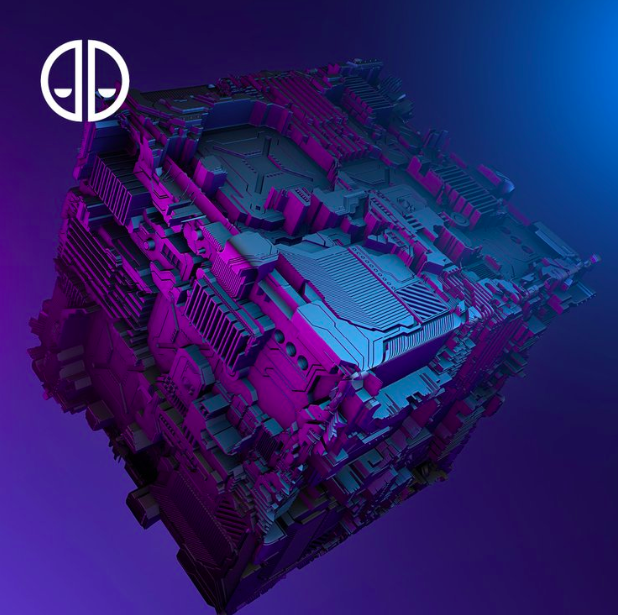
If there’s one piece of technology that the modern world relies on, it’s the monolithic integrated circuit – more commonly known as a microchip. We’re currently in the midst of a brutal chip shortage – and, according to Intel CEO Pat Gelsinger, it’s going to last into 2024.
Over the past decade, the rise in IoT and mobile devices steadily increased demand for chips. And then the pandemic happened: the supply of semiconductors from East Asia was completely disrupted, just as working from home increased demand for chip-enabled devices.
The shortage is slowing the pace of manufacturing in every sector. One major industrial conglomerate resorted to buying up used washing machines just to rip out the semiconductors and reusing them in chip modules.
But leaving aside these short-term measures, investment in chip startups is booming. Not only has the shortage made it clear that we need more chips than ever, we also need them to be more powerful.
Design direction
Innovation in chip design is difficult, because the individual components – transistors, silicon wafers, overall design – may be coming from different suppliers. Lam Research is aiming to streamline the process of testing new semiconductor designs by doing it virtually. In what they call the ‘semiverse’, the entire chip fabrication process can be carried out without physical manufacture.
Mythic employs older technology – analog compute architecture and dense flash-memory arrays – to perform AI processing, using a fraction of the power of commonly used graphic chips
Elsewhere, experimentation with using light instead of electricity is coming out of the lab and into real-world applications. Light is already used to transmit data with fibre optic cables, and it could speed up transmission in chips, particularly for high intensity use cases like AI. Ayar Labs is one startup developing photonic chips, aiming to achieve a 1000x improvement in interconnect bandwidth density at one-tenth the power.
Other companies are taking more practical approaches. Mythic employs older technology – analog compute architecture and dense flash-memory arrays – to perform AI processing, using a fraction of the power of commonly used graphic chips.
Beyond this very modern crisis, the microchip has a bright future.



